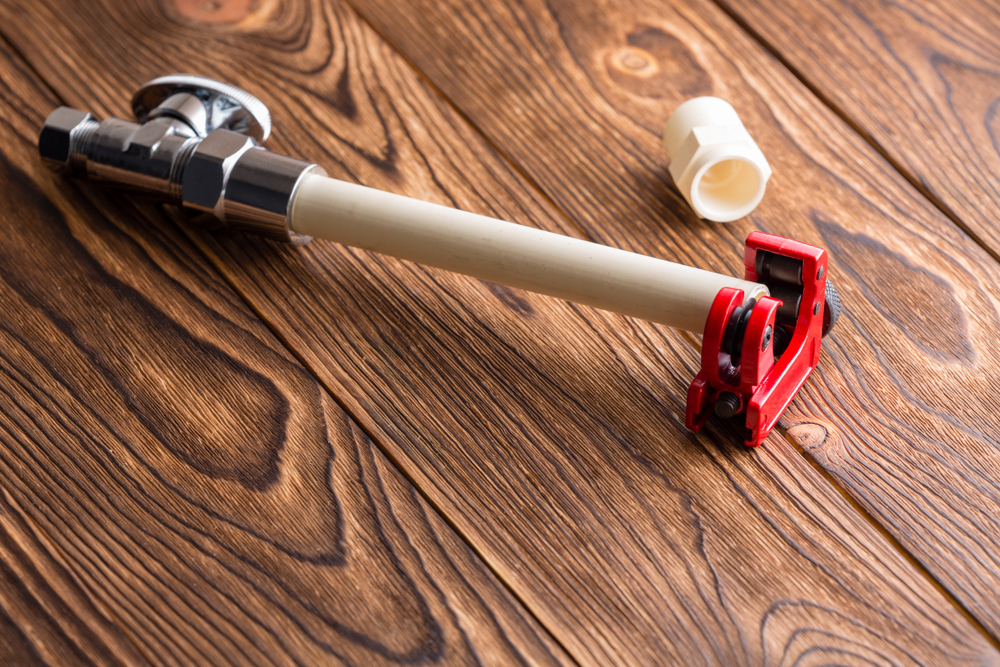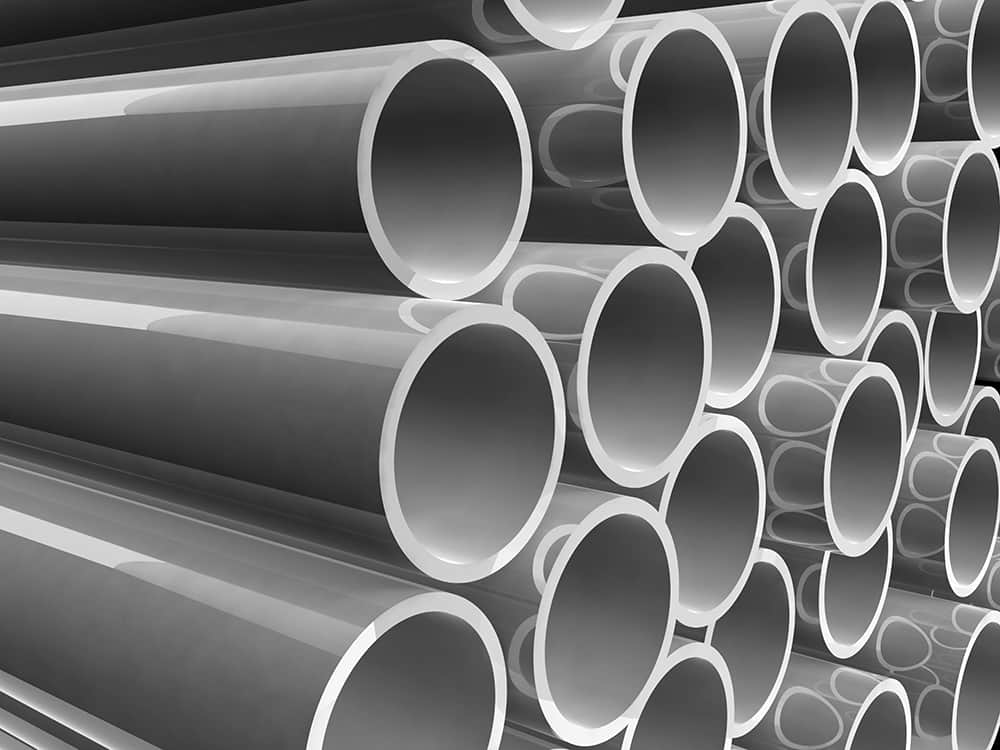2024 / 08 / 16
What Does the Chlorine Content in CPVC Represent?
In the field of plastic materials, CPVC resin is renowned for its high chlorine content, typically ranging from 63% to 74%, which significantly exceeds the 56% to 59% of PVC resin. Understanding the impact of chlorine content on the performance of CPVC can assist us in making more informed decisions in material selection and practical applications.
The Link Between Chlorine Content and Performance
A higher chlorine content implies superior heat resistance, chemical corrosion resistance, and mechanical properties, characteristics that make CPVC a potential engineering plastic. For instance, in applications such as hot and cold water pipes for water supply, industrial pipes for transporting corrosive liquids, and building fire-fighting pipes that require temperature resistance, CPVC is becoming a popular choice in these fields.

National Standards for Chlorine Content
The increase in chlorine content is directly related to the Vicat softening point and mechanical strength of CPVC. National standards stipulate that the chlorine content in CPVC formulations and pipe products must be above 55%, with fire protection pipes reaching 60%, to ensure their stability in harsh
environments.
Moderate Selection of Chlorine Content
Although CPVC with a high chlorine content has better performance, the chlorine content is not always the higher the better. Resins with high chlorine content have greater viscosity, higher equipment configuration requirements, are more difficult to process, and are more costly. Generally, the chlorine content of CPVC dry blend materials is between 55% and 60%. In practical applications, we need to find a balance between performance and cost, making appropriate selections based on the application scenario and cost-effectiveness.

Rally Chemical has extensive experience in CPVC pipe production, specializing in reducing the initial production costs for our clients. We excel in addressing challenges such as charring, limited processing range, insufficient toughness, inadequate gloss, and high costs. Our one-stop CPVC product solutions, from design to delivery, ensure a seamless and efficient manufacturing process.
For more information, please contact us.
You May Be Interested
RL - 1116S Polyester Wax: The Optimal Solution for SPC Ultra - thick Board (6mm) Internal Lubrication Challenges
2025 / 02 / 28
Comprehensive analysis of traditional PVC toughening agent: chlorinated polyethylene (CPE)
2025 / 01 / 26
Analysis of Plasticization Issues in PVC Pipes: Improving Production Quality and Efficiency
2025 / 01 / 26
Optimizing the production process of PVC conduit: improving surface smoothness and product competitiveness
2025 / 01 / 26
Why do PVC pipes have uneven inner and outer walls
2025 / 01 / 26


Whats App

For Inquiries Please Call
Rallychem Will Be Happy To Assist You!

+86 13456396233


info@rallychem.com

